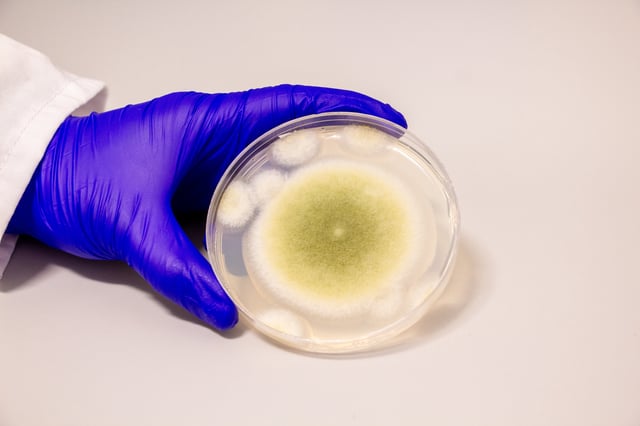Overview
- University of Pennsylvania scientists isolated four novel RiPPs from Aspergillus flavus, naming them asperigimycins for their unique interlocking-ring structures
- In vitro tests showed two unmodified asperigimycin variants killed leukemia cells and a lipid-conjugated compound matched the efficacy of cytarabine and daunorubicin
- Mechanistic studies revealed asperigimycins disrupt microtubule formation to halt leukemia cell division and depend on the SLC46A3 transporter for cellular entry
- Analysis of fungal genomes uncovered similar biosynthetic gene clusters in other Aspergillus species, suggesting a broader pool of anticancer RiPPs
- The research team will evaluate pharmacokinetics and toxicity in animal models to define dosing parameters before advancing to human clinical trials


